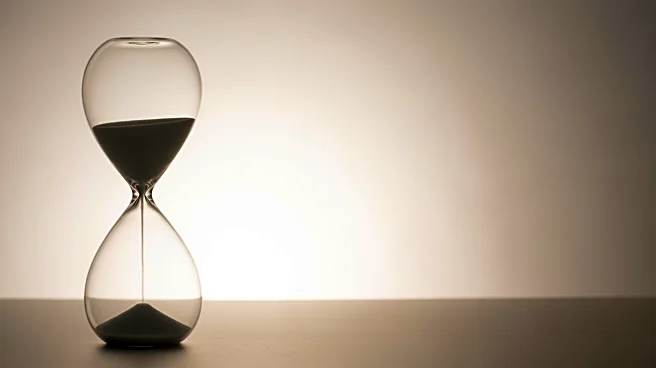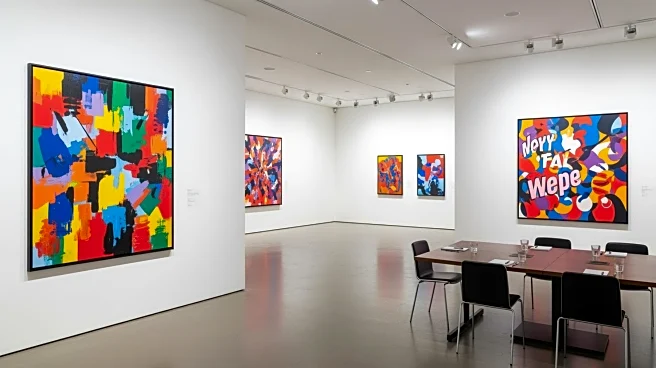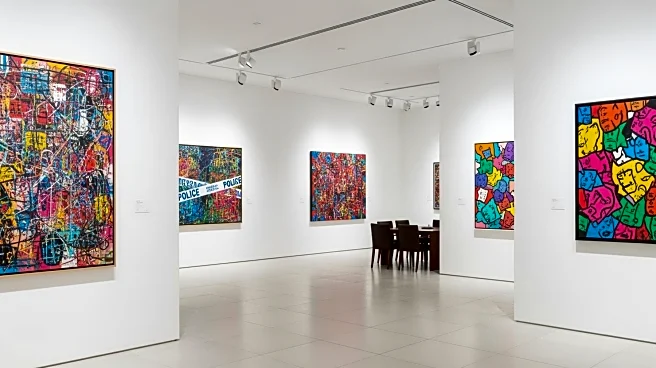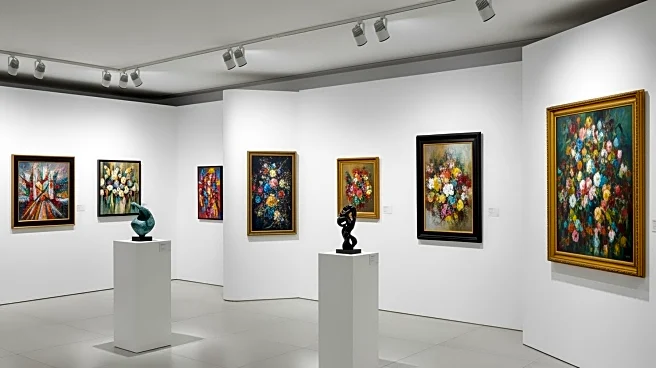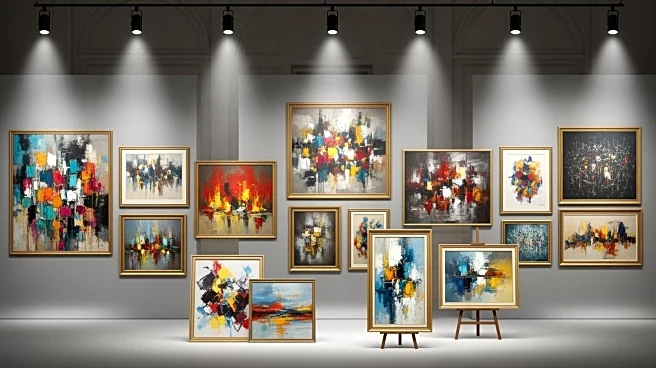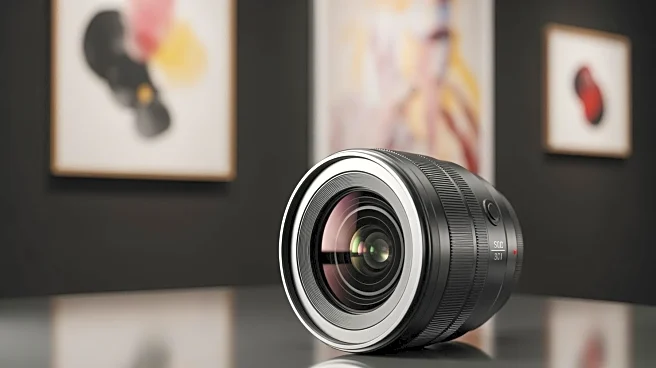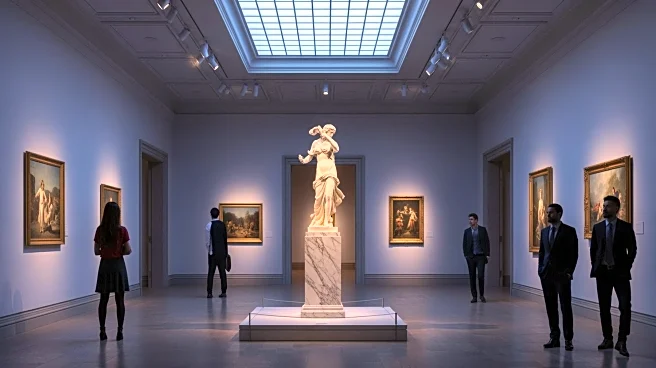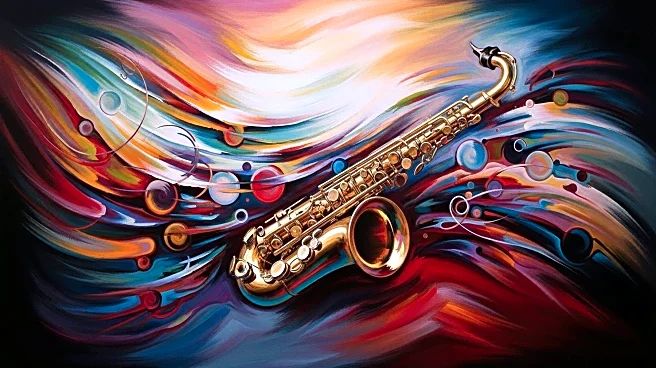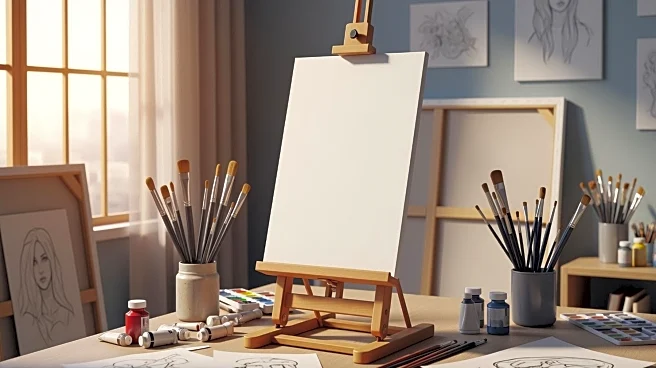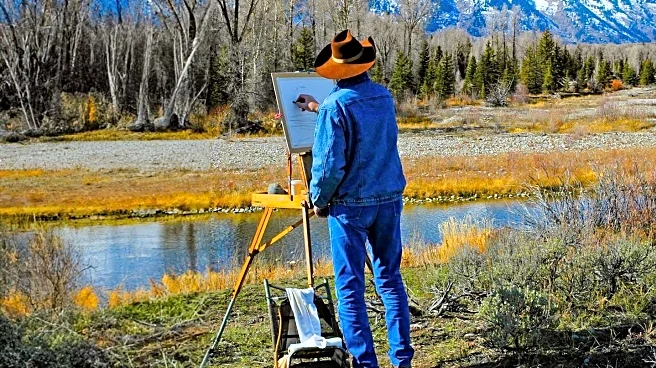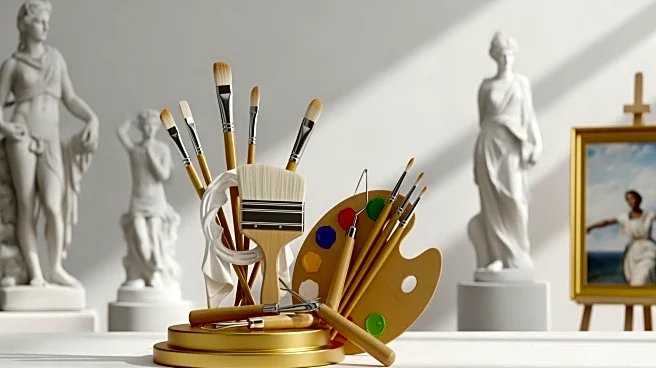What's Happening?
Tehching Hsieh, a Taiwanese American artist known for his extreme performance art, is the subject of a retrospective at Dia Beacon in New York. The exhibition, which opened on October 4, features Hsieh's
'One Year Performance 1978-1979 (Cage Piece),' where he lived alone in a cage for a year. Hsieh documented his experience by taking daily portraits, capturing the passage of time through his growing hair. The retrospective includes elements from the original performance, such as the cage and personal items, offering visitors a glimpse into Hsieh's exploration of time and isolation. The exhibition marks Hsieh's first retrospective, highlighting his unique approach to art.
Why It's Important?
Hsieh's work challenges conventional notions of art by using time and isolation as mediums, pushing the boundaries of performance art. His retrospective provides an opportunity to reflect on the endurance and commitment required for such projects, emphasizing the role of art in questioning societal norms and personal limits. Hsieh's performances invite viewers to consider the impact of time on human experience and the ways in which isolation can alter perception. The exhibition contributes to the broader discourse on the nature of art and its ability to provoke thought and introspection.
What's Next?
The retrospective may inspire renewed interest in Hsieh's work, leading to further exploration of his other yearlong performance pieces. As audiences engage with the exhibition, discussions around the themes of time, isolation, and endurance in art are likely to continue. Hsieh's influence on contemporary performance art may encourage new artists to experiment with unconventional materials and methods.
Beyond the Headlines
Hsieh's work raises ethical and philosophical questions about the limits of human endurance and the role of the artist in society. The retrospective invites viewers to consider the implications of living in isolation and the ways in which time can be both a constraint and a liberating force. Hsieh's performances challenge traditional art forms, offering a unique perspective on the relationship between the artist and the audience.
